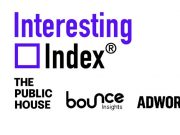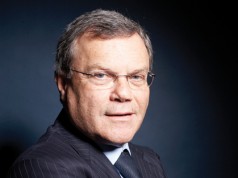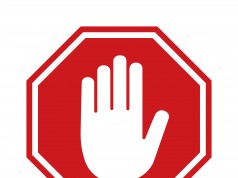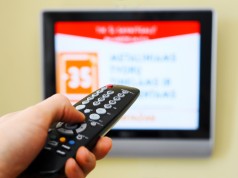 UK digital adspend grew 16.4% on a like-for-like basis in 2015, the fastest rate of increase in seven years, as expenditure on mobile leapt by 60% according to new figures from the IAB.
UK digital adspend grew 16.4% on a like-for-like basis in 2015, the fastest rate of increase in seven years, as expenditure on mobile leapt by 60% according to new figures from the IAB.
The significant growth in mobile advertising in the UK was attributable to around 78% of the increase in total online advertising in 2015 according to the latest Internet Advertising Bureau UK (IABUK) Digital Adspend report, conducted by PwC.
Total online advertising amounted to £8.6bn, according to IABUK, a 16.4% increase on 2014. Within this, the spend on mobile amounted to £2.63bn or 30% of all digital spend.
The report also noted that the total amount spent on VOD amounted to £711m, a 50% increase and of this mobile VOD amounted to £353m, a near doubling of the amount spent during 2014.
Elsewhere content and native advertising formats attracted £776m in spend, a 50% increase on the amount spent in 2014.
Ad spend on social media sites grew 45% to £1.25bn – now accounting for 41% of banner/video display ad spend. Over 71% of social media spend goes on mobile.
“The increasing array of devices people use to go online has helped digital ad spend hit another gear as advertisers look to reach them and time spent online increases,” says Tim Elkington, Chief Strategy Officer at the UK’s Internet Advertising Bureau. “Smartphones are the major driving force behind this, as people increasingly use them for activities they used to do on desktop, from searching and shopping to social and watching video.”
Not surprisingly, paid-for search grew 15.3% to £4.36bn, a 51% share of digital ad spend. Classifieds, including recruitment, property and automotive listings, grew by 5.2% to £1.11bn.
According to IABUK, the majority of display now programmatic and total display ad spend rose 24.5% year-on-year to reach a 35% share on £3.03bn. The share traded programmatically rose from 47% in 2014 to 60%, or £1.60bn in 2015.
Direct sales – where ads are bought at fixed prices directly from media owners using manual processes – now represent just 37% of display ads (down from 47%) while ad networks make up the remaining 4%.
“We’re seeing a three-pronged change in media owner strategy when it comes to selling display ads,” says Dan Bunyan, Senior Manager at PwC. “There’s a shift in sales from networks to Real-Time-Bidding exchanges, a shift from direct to programmatic direct, and one from open to private market places. It’s almost gone full circle in terms of the desire for a more controlled environment to sell in. We predict programmatic will account for 80-90% of display ad sales by 2019.”
In terms of the category spend, consumer goods, such as food, toiletries and clothing, companies spent the most on banner and video display ads in 2015, responsible for 18% of spend, followed by travel & transport (13.4%) and retailers (13.3%).
In addition to the £8.61bn going on ad spend in 2015, advertisers spent a further £953 million to attract customers via activities on ‘shopper’ websites such as price comparison, voucher, cashback, loyalty and product review sites.
Known as ‘online performance marketing’, 75%² of adults online have undertaken at least one of the OPM activities listed in the last six months, with usage of price comparison sites (40%) the most popular activity, followed by entering a competition (35%) or using a voucher code site (26%).



















